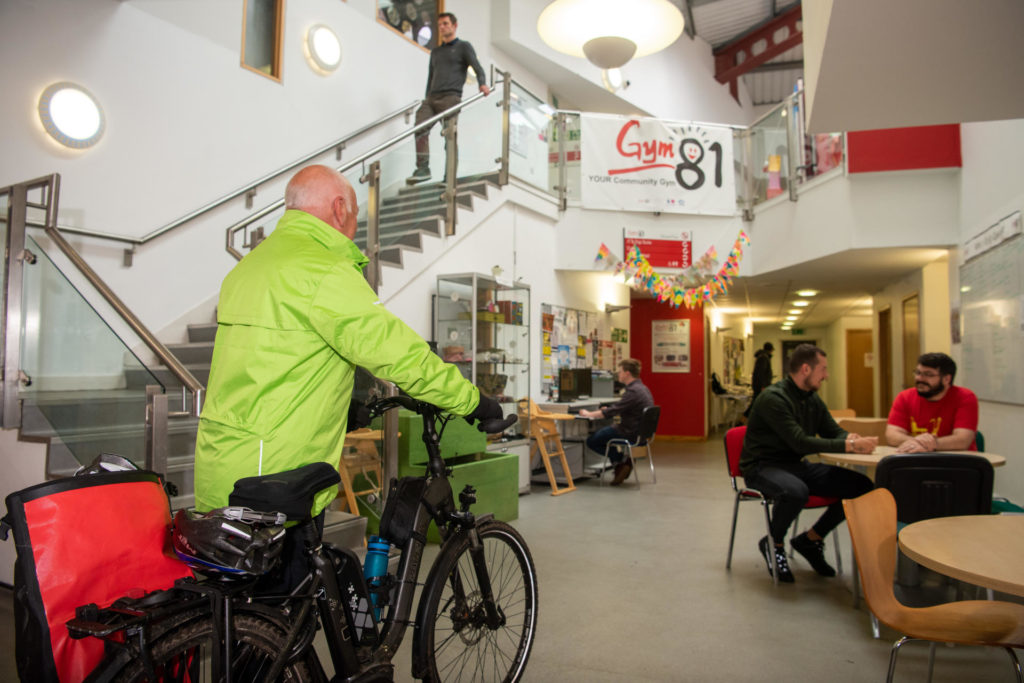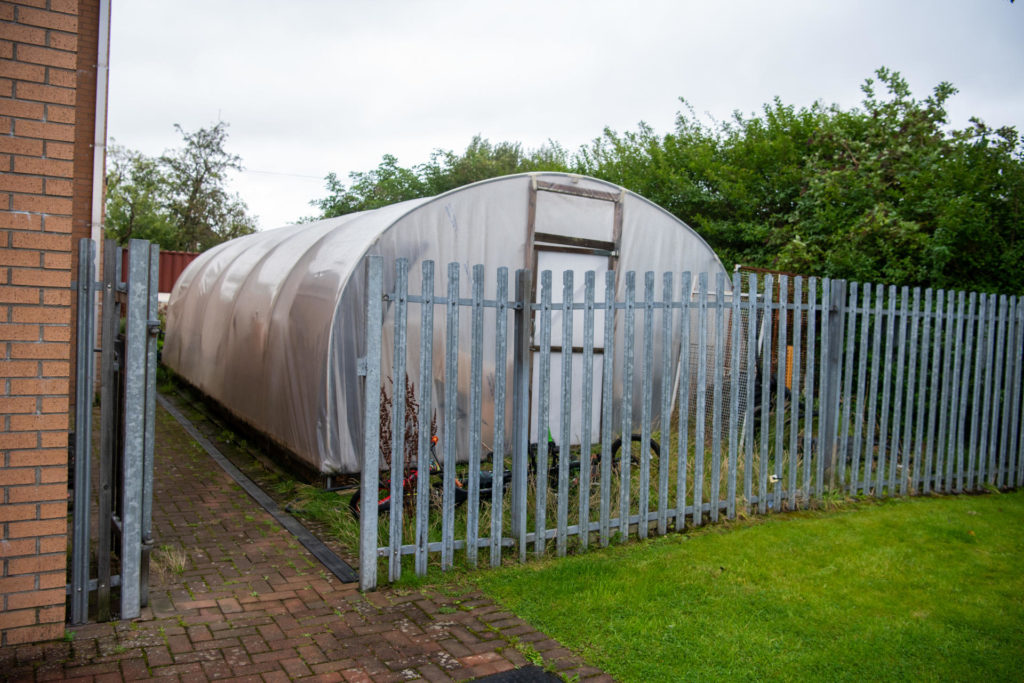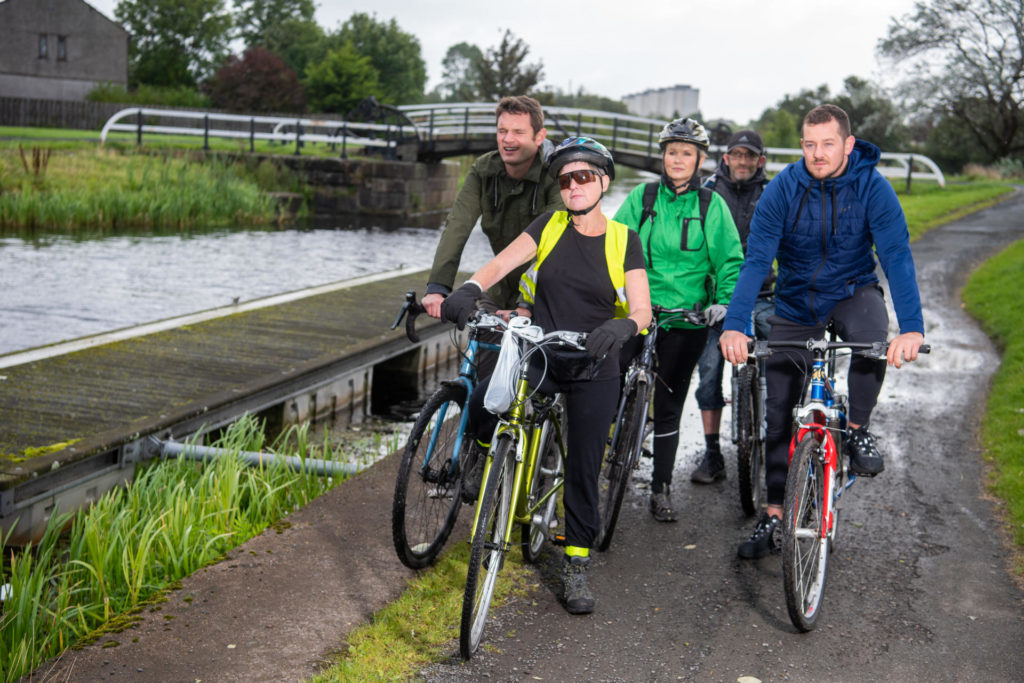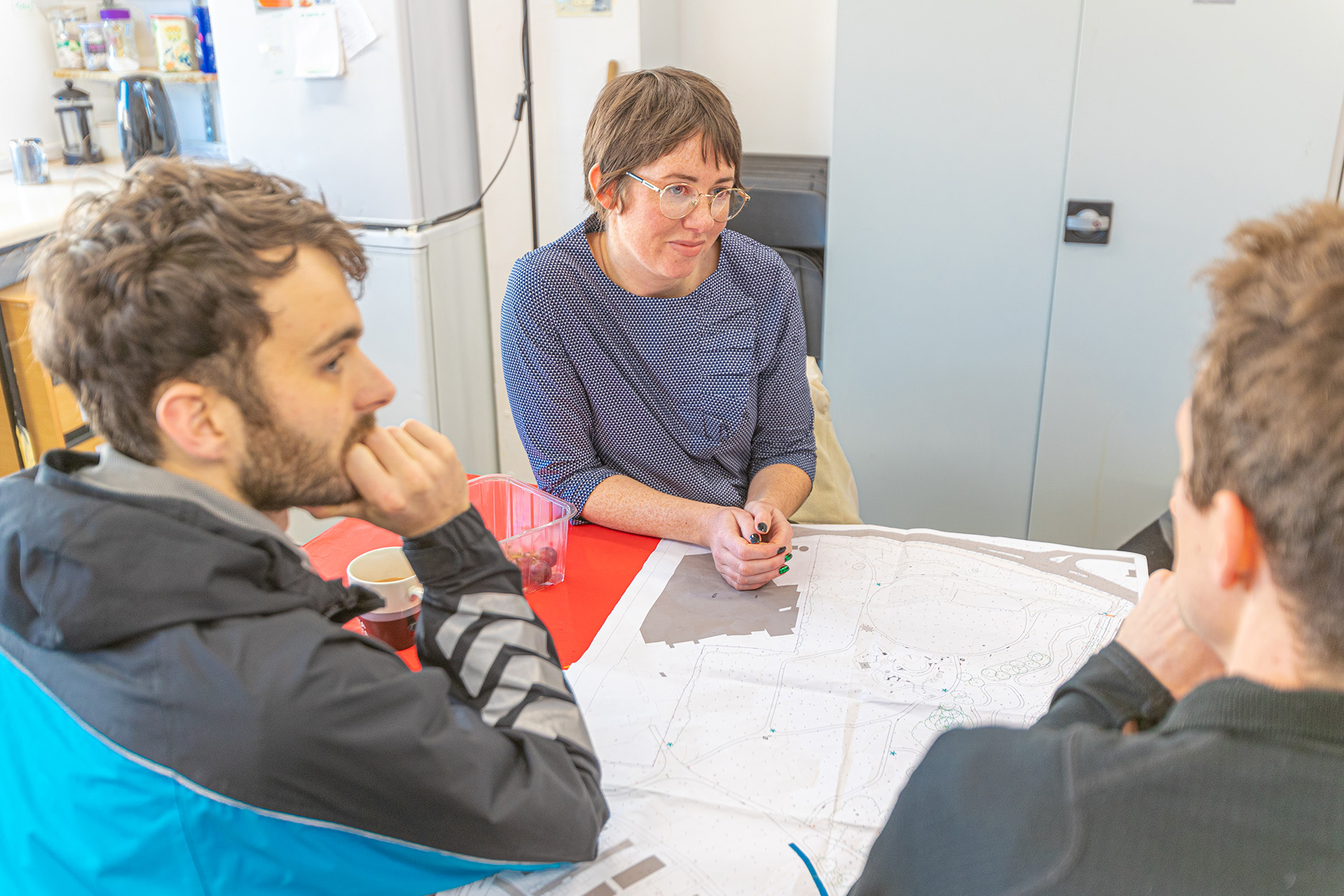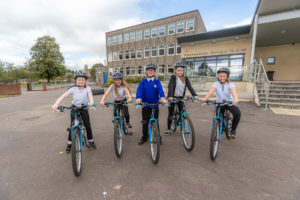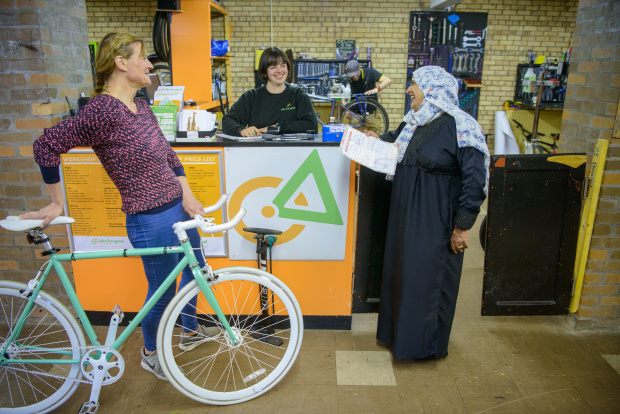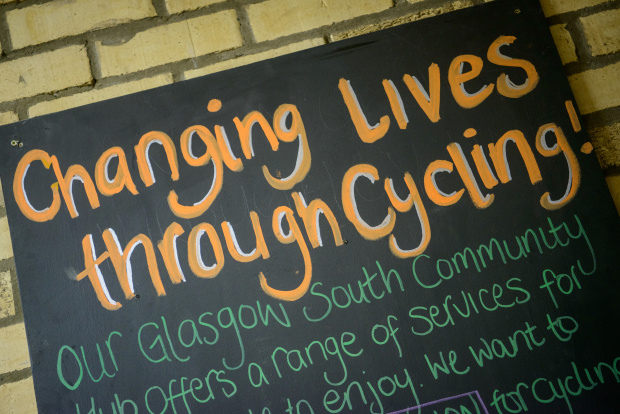The Strathmore Cycle Network is an ambitious plan by three Community Development Trusts to create a cycle network between Alyth, Blairgowrie & Rattray, and Coupar Angus.
The idea of a traffic free path from Blairgowrie to Coupar Angus, giving locals an alternative to driving or using local bus services, was suggested at a Climate Café event in 2016. This spurred Alyth, Blairgowrie & Rattray, and Coupar Angus into applying for support from Sustrans’s Places for Everyone programme and regional transport partnership Tactran, with plans to deliver a phased network of walking and cycling routes between the three towns.
A Phased Approach
The first phase of the Strathmore Cycle Network was successful thanks to good engagement with local landowners. Working with the Development Trusts and with support from consultants Walking the Talk, they were able to apply to the Improving Public Access Fund, securing £200,000 for the construction of the first 2.5km of path link Alyth and Rattray.
The success of the plans boosted the community’s enthusiasm for the project, and led to the development of phase 2; Blairgowrie to Coupar Angus. The commitment of the volunteers in delivering the first phase impressed Perth and Kinross Council and led to £100,000 funding contribution.
Having a supportive member of the Perth & Kinross’ roads team on the steering group also proved invaluable. The officer was able to positively feedback to other officers in the Council, and offer support and expertise to the Development Trusts to ensure the project progresses smoothly.
Engaging the Community
Support from the Sustrans Places for Everyone programme and Perth & Kinross Council allowed the development trust to appoint the Scottish Community Development Centre to engage the local community. The initial route chosen by the Trusts was locally unpopular but by involving a neutral third party, the Trust were able to make sure there was an objective engagement process.
The engagement sessions worked well; two main route options emerged. Further discussion is on-going in an attempt to avoid a steep gradient, with the Trusts committed to work with the community and Sustrans to identify the best option. As there has been such positive public involvement so far, there is a strong willingness to find a solution and create this key part of the network
Successful Partnership Working
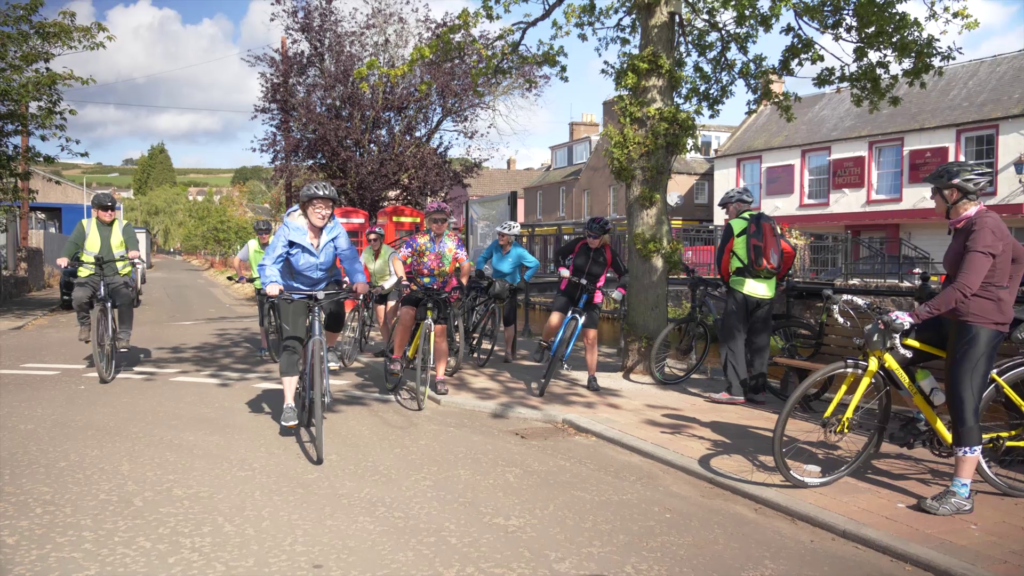
The benefits of a Local Authority supporting in a community-led infrastructure project can be considerable. Many groups have huge amounts of enthusiasm and local knowledge to take projects such as the Strathmore Cycle Network forward.
Development Trusts can be well placed to lead walking, cycling and wheeling projects. They are embedded in the community and often have experience of handling grant funding, working with elected members, and planning processes. Having multiple partners involved can open up additional funding potential. Each of the three Trusts has received grant funding for support activities, including staff time. This was a very deliberate move by the Trusts, and is a reflection of the strong working relationships that they have built. The model used by the three trusts could benefit many rural or sub-urban communities with poor connectivity.


